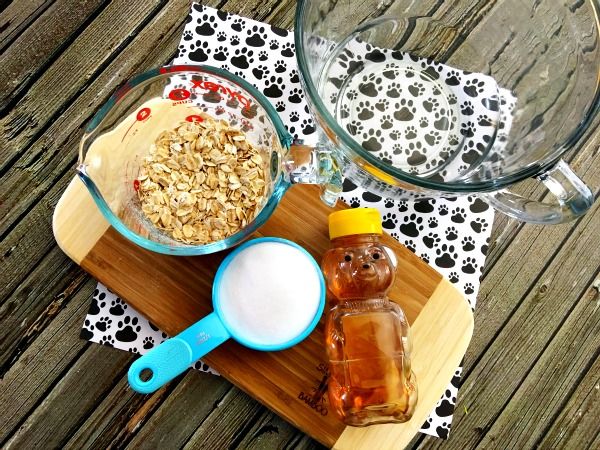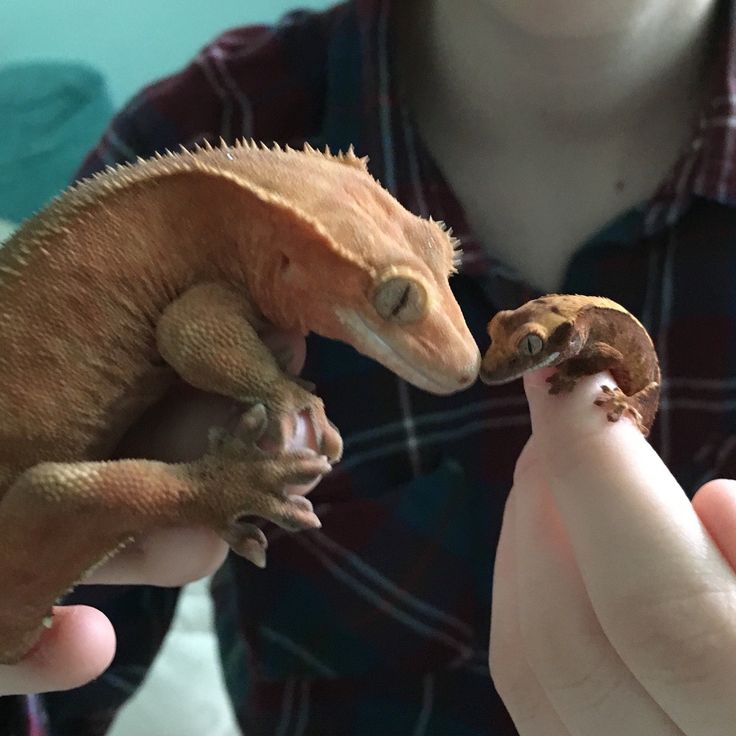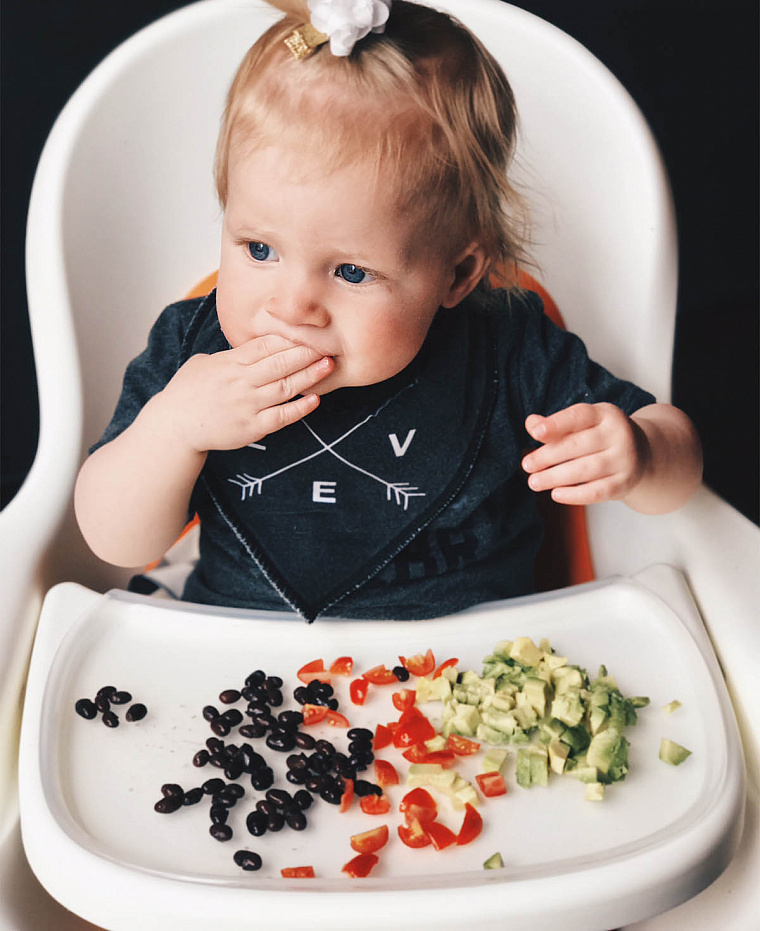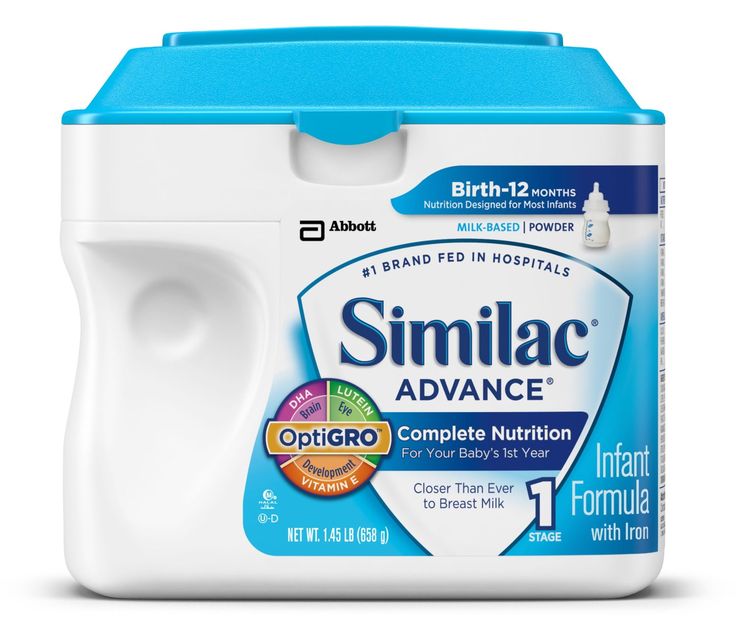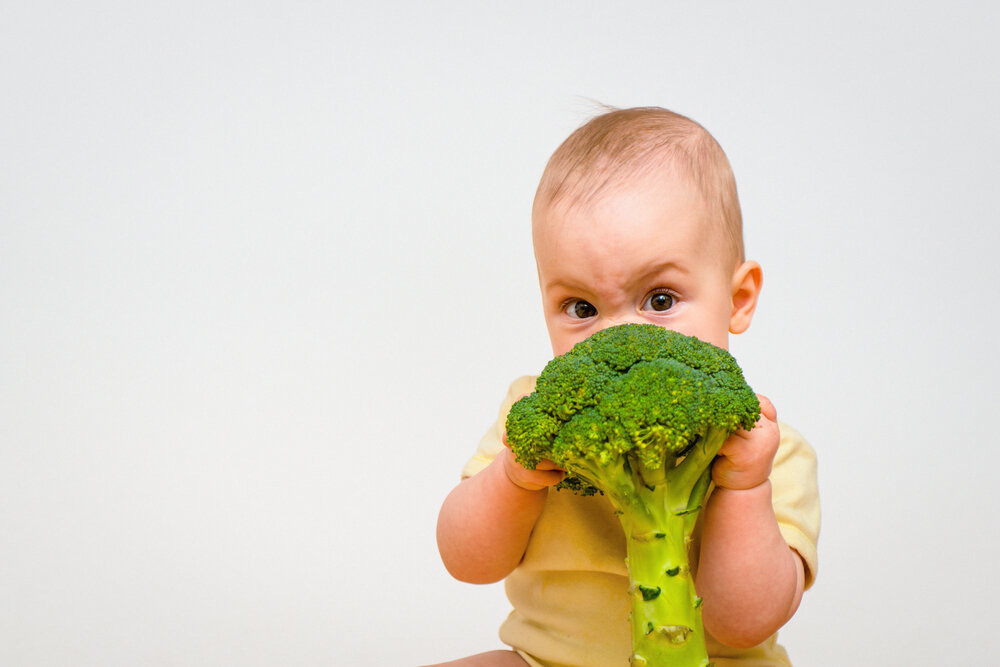Baby friendly food
Best Early Finger Foods for Baby (With Tips, Visuals, and Recipes)
Use this list of safe, nutritious, and easy to eat finger foods for baby to help you know exactly what (and how) to offer at meals and snacks. Plus, find the best first finger foods, troubleshooting tips, and visuals of foods broken down by food group to keep things easy!
Finger Foods for Baby
After baby starts solids and is ready to move onto finger foods, you may feel a little confused by exactly what to serve and how to serve it. Which is totally normal because it can be scary to let baby feed themselves this way and we may not have any experience doing this—or we may have totally forgotten from our last kiddo!
This list of finger foods for baby will cover some great first finger foods to start with, then set you up with plenty of healthy options from each food group.
TIP: Find more info on starting solids here and the best foods to start with if doing baby led weaning or purees with baby.
Healthy Baby Food
I love sharing these ideas for baby food since they are easy to prepare and serve and because I know how hard it can be to continue to come up with flavorful and healthy meals and snacks for our little ones. Let me tell you, I’m on my third kiddo and it can be such a challenge to feed him during the chaos of parenting the rest of my crew! These foods are wholesome and nutritious—perfect for your baby.
TIP: I’m a big fan of SpoonfulONE, a company that offers the most complete way to introduce food allergens to our kids. They make mix-ins, puffs, and crackers that are yummy and easy for babies and toddlers to eat. Learn more about their pediatrician-approved baby foods here. (sponsored link)
Best First Finger Foods
When baby is around 9 months, you’ll notice that they’re able to pick up smaller pieces of food with two fingers. This is known as the “pincer grasp” and is a sign that they’re ready to start finger foods.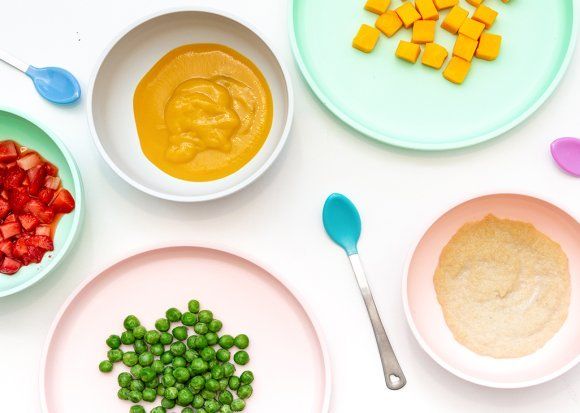 To be clear, when I say “finger foods” I mean small pieces of food that a baby (or toddler) can feed themselves.
To be clear, when I say “finger foods” I mean small pieces of food that a baby (or toddler) can feed themselves.
Here are some of my favorite ones to start with that are all super soft, safe to eat, and easy to pick up.
- Scrambled egg, broken up into small pieces
- Roasted sweet potato mashed and broken up into small pieces
- Fresh raspberries, broken up into smaller pieces
- Oatmeal, cooked according to package directions and allowed to cool
- Tofu, diced and sauteed lightly or steamed
- Ground beef, chicken, or turkey, broken up into small pieces or lightly mashed meatballs
- Shredded cheese or crumbled goat cheese
- Mashed sweet potato, in little pieces
- Peanut butter puffs
TIP: You can serve the tofu, ground meat, or meatballs in veggie puree from a pouch or a simple marinara sauce for extra moisture and flavor. Learn more about how and why to introduce peanut butter.
Finger Foods for Baby: Fruits and Veggies
Some of my favorite early fruits and veggies to serve babies are:
- Mashed roasted sweet potato, broken up into small pieces
- Warmed frozen peas, slightly mashed if desired
- Roasted Zucchini
- Diced Roasted Sweet Potato or Butternut Squash
- Fresh blueberries, cut in half or quarters
- Fresh raspberries, broken into small pieces
- Banana, broken into small segments (they are less slippery this way versus slicing them)
- Avocado, diced and mashed slightly (be sure it’s ripe and very soft)
TIP: A good rule of thumb is to serve pieces of food that are about the size of a pea to start and soft enough that they are easy to squish between your fingers.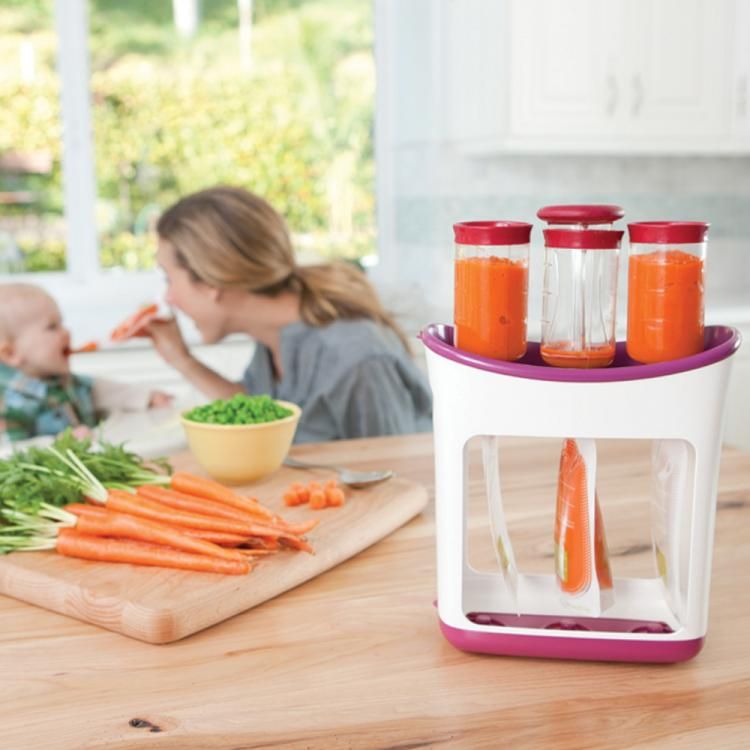 This will be easy for baby to pick up and eat and will also reduce chances of choking.
This will be easy for baby to pick up and eat and will also reduce chances of choking.
Finger Food Ideas: Carbohydrates
Offering complex carbohydrates can provide fiber, a variety of textures, B vitamins, and more. Try these with your baby.
- Spinach pancakes (moisten with applesauce or plain yogurt if needed; this recipe is particularly moist and great for babies)
- Oatmeal, cooked according to package directions and allowed to cool
- Baby Puffs
- Peanut Butter Puffs
- Rice (it’s easiest if it’s in little clumps so baby can pick it up; this Coconut Rice or this Cheesy Rice are both good options)
- Baby Banana Muffin
- O cereal (soften in nondairy unsweetened milk or yogurt as needed)
- Baked Oatmeal, diced
Finger Food Ideas: Proteins
Offering proteins will continue to expose baby to a range of nutrients. These are my go-tos for babies newer to finger foods—and toddlers too.
- Shredded cheese (thicker cuts are a little easier to pick up)
- Tofu, diced and sauteed lightly or steamed
- Flaked cooked wild salmon
- Lightly mashed meatballs
- Shredded chicken, cut up finely (we love this Butter Chicken to share with baby)
- Ground beef, turkey, or chicken, broken into smaller pieces
- Lightly mashed beans
- Scrambled eggs, broken up into small pieces
- Diced egg muffins
I’d love to hear any questions you may have, or if you have foods that your babies enjoy that I didn’t include here.
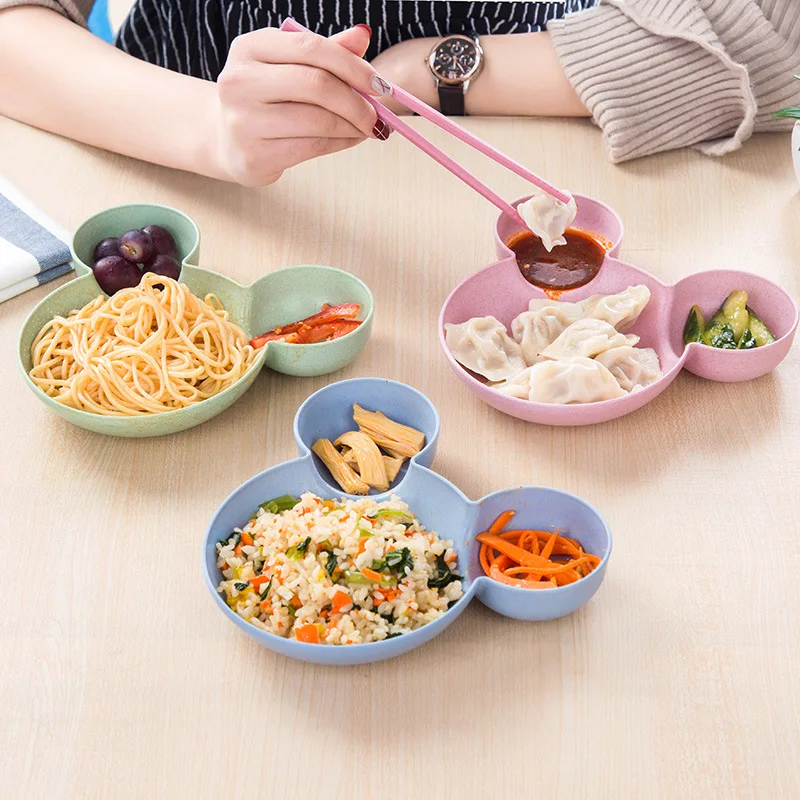 Chime in below in the comments!
Chime in below in the comments!Prep Time 5 minutes
Cook Time 5 minutes
Total Time 10 minutes
Author Amy Palanjian
Cuisine American
Course Baby Food
Calories 124kcal
Servings 1
First Finger Foods (choose 1-3 per meal)
- ▢ 1 Scrambled egg (broken up into small pieces)
- ▢ 1/4 cup Roasted sweet potato, mashed and broken up into small pieces
- ▢ 1/4 cup Fresh raspberries (broken up into smaller pieces)
- ▢ 1/4 cup Oatmeal (cooked according to package directions and allowed to cool)
- ▢ 2 tbsp Tofu (diced and sauteed lightly or steamed)
- ▢ 2 tbsp ground beef, chicken, or turkey, broken up into small pieces or lightly mashed meatballs
- ▢ 2 tbsp shredded cheese or crumbled goat cheese
- ▢ 1/4 cup Mashed sweet potato (broken into little pieces)
- ▢ 1/4 cup Peanut butter puffs
Fruits and Veggies
- ▢ 1/4 cup mashed roasted sweet potato (broken up into small pieces)
- ▢ 1/4 cup warmed frozen peas
- ▢ 1/4 cup Roasted Zucchini
- ▢ 1/4 cup diced Roasted Sweet Potato or Butternut Squash
- ▢ 1/4 cup blueberries (cut in half or quarters)
- ▢ 1/4 cup raspberries (broken into small pieces)
- ▢ 1/4 cup banana slices (broken into small segments—they are less slippery this way versus slicing them)
- ▢ 2 tbsp avocado (diced and mashed slightly—be sure it's ripe and very soft)
Whole Grains and Carbohydrates
- ▢ 1 Spinach pancakes (moisten with applesauce or plain yogurt if needed; this recipe is particularly moist and great for babies)
- ▢ 1/4 cup Oatmeal (cooked according to package directions and allowed to cool)
- ▢ 1/4 cup Baby Puffs
- ▢ 1/4 cup Peanut Butter Puffs
- ▢ 1/4 cup fully cooked rice (it's easiest if it's in little clumps so baby can pick it up; this Coconut Rice or this Cheesy Rice are both good options)
- ▢ 1 Baby Banana Muffin
- ▢ 1/4 cup O cereal (soften in nondairy unsweetened milk or yogurt as needed)
- ▢ 1/4 cup Baked Oatmeal (diced or regular oatmeal broken into little pieces)
Dairy
- ▢ 2 tbsp Shredded cheese (such as mozzarella)
- ▢ 2 tbsp Tofu (diced and sauteed lightly or steamed)
- ▢ 2 tbsp flaked cooked wild salmon
- ▢ 1 lightly mashed meatballs
- ▢ 2 tbsp finely shredded chicken (we love this Butter Chicken to share with baby)
- ▢ 2 tbsp ground beef, turkey, or chicken (broken into smaller pieces)
- ▢ 2 tbsp lightly mashed beans
- ▢ 1 Scrambled egg (broken up into small pieces)
- ▢ 1 Diced Egg muffins
For each meal or snack, choose 2-3 foods from a mix of food groups.
 Aim to include some fat in most meals and protein in many too.
Aim to include some fat in most meals and protein in many too.Prepare the food, cutting into small pieces and/or mashing as needed to make the food easy to eat.
Start with small portions and allow more as baby indicates according to their hunger.
- Store leftovers in an airtight container for 3-5 days in the fridge.
- Many foods you cook for your family will work as baby finger foods—just be sure they are easy to squish between your fingers and the pieces are small and easy to chew.
- Babies very normally make a lot of faces when they eat, so don't assume they don't like something just because they scrunch their nose!
- Flavors and textures can take time to learn to eat, so continue offering foods in small portions even if baby hasn't liked them in the past—and make sure they taste good to you!
Calories: 124kcal, Carbohydrates: 14g, Protein: 7g, Fat: 4g, Saturated Fat: 1g, Polyunsaturated Fat: 1g, Monounsaturated Fat: 2g, Trans Fat: 1g, Cholesterol: 164mg, Sodium: 81mg, Potassium: 344mg, Fiber: 4g, Sugar: 5g, Vitamin A: 9857IU, Vitamin C: 18mg, Calcium: 51mg, Iron: 1mg
Tried this recipe?Rate in the comments and tag @yummytoddlerfood on IG!
Baby Blueberry Muffins - Healthy Little Foodies
All Posts, by Date » Baby Friendly Recipes » Baby Blueberry Muffins
Jump to Recipe Print Recipe
These baby blueberry muffins are mini in size and fruit-sweetened with added spice to help develop your little foodie’s taste buds. Not just for babies, great for toddlers or to add to your older child’s lunchbox.
Not just for babies, great for toddlers or to add to your older child’s lunchbox.
Why These Muffins are Great for Babies / Toddlers
- FRUIT SWEETENED: The World Health Organisation recommend that children under two should not consume any added sugar. Many muffin recipes, even those targeted to babies, are packed with sugar, maple syrup or honey. These are sweetened with the banana and blueberries.
- IRON SOURCE: Iron is a critical mineral for growing babies. Oats are a non-heam (vegetarian) iron source and blueberries provide Vitamin C to aid absorption.
- TEXTURE: Soft and moist with burst of blueberries allowing your little one to explore different textures.
- SIZE: Mini in size for mini hands and tummies.
- FREEZABLE: Make a batch and freeze for a quick and easy snack option.
This is what you need to make baby blueberry muffins
- ROLLED OATS: You can replace with quick oats as they are blended to flour consistency.
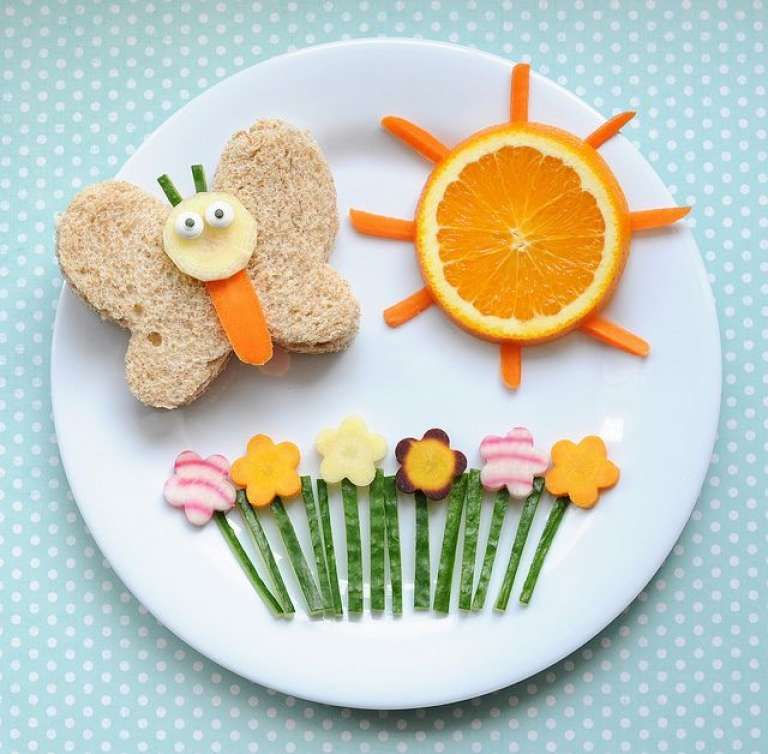 Steel cut oats will not work for this recipe. Use gluten free oats to make the muffins gluten free.
Steel cut oats will not work for this recipe. Use gluten free oats to make the muffins gluten free. - YOGURT: This recipe has been tested with both natural greek yogurt and coconut yogurt (dairy free option.) Both work great.
- EGGS: I have not tested any egg replacements for this recipe yet, I’d suggest a flax egg but can not guarantee the result.
- BANANA: Provides most of the sweetness, use ripe bananas for best results.
- CARDAMOM: Adding different spices to baby food allows your little one to experience different flavour profiles. It isn’t needed and you can skip or replace with cinnamon.
- LEMON ZEST: Added for flavour and really complemets the blueberries.
- BLUEBERRIES: Use fresh or frozen. If using frozen do NOT thaw beforehand.
- BAKING POWDER: Make sure it is fresh, if it has been sitting in your pantry for years it won’t work as well.
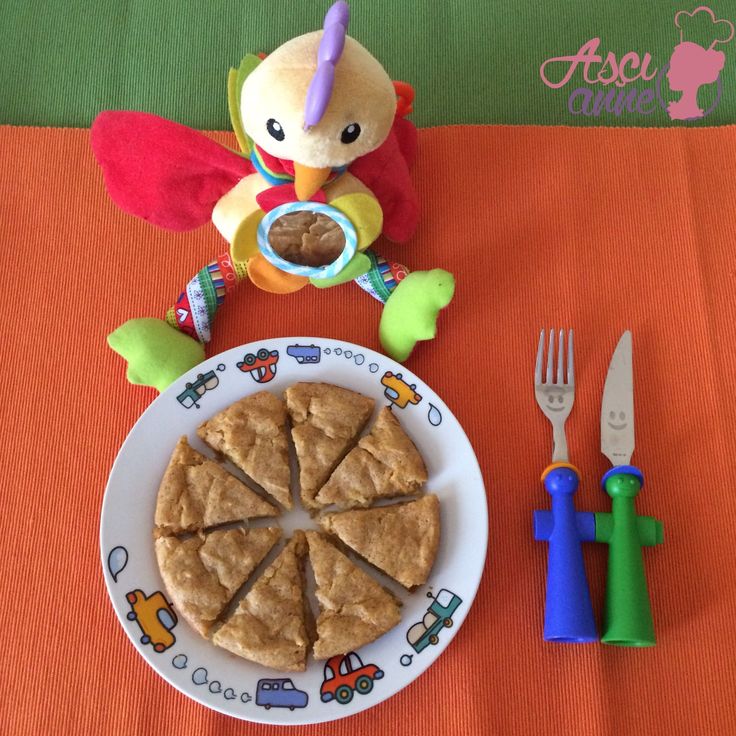
Process Steps and Cooking Tips
- BLEND OATS & COMBINE DRY INGREDIENTS: Blend the oats to flour consistency. A high speed blender works best but you could also use a food processor. Add the cardamom and baking powder and stir to combine.
- MASH BANANA: I like to leave little chunks to add texture to the muffins, you can mash/puree smooth if you prefer.
- COMBINE WET INGREDIENTS: Add the banana, egg, yogurt, vanilla and lemon zest to a large mixing bowl and stir to combine.
- STIR THROUGH DRY INGREDIENTS: Don’t overmix here, fold through until just combined (a few lumps are ok).
- STIR THROUGH BLUEBERRIES: Again, just a gentle stir through. If using frozen blueberries, do not thaw – add them into the batter frozen.
- FILL MUFFIN TRAY: Fill to the top of a greased muffin tray and add a blueberry on top. Bake for around 13 mins, until cooked through.

Storage Instructions
- Cool on a wire rack. Allow the muffin to cool for aroud 5 minutes in the muffin tray and then transfer to a wire rack to cool completely. Ensure they are completely cooled before packing them away to store. If they are still warm then it can cause condensation and result in soggy muffins.
- Refrigerate – These muffins can be refrigerated but it does effect the texture. Refrigerate in an airtight container for 2 days.
- Freezing – Freeze in an airtight container for 2-3 months. Allow to thaw on the counter or defrost in the microwave.
Frequently Asked Questions
When can babies have muffins?
This will really depend on you and your baby. Once your baby has progressed onto finger foods then they should be able to manage these muffins.
Try to focus on offering your baby lots of cooked vegetables before moving on to muffins.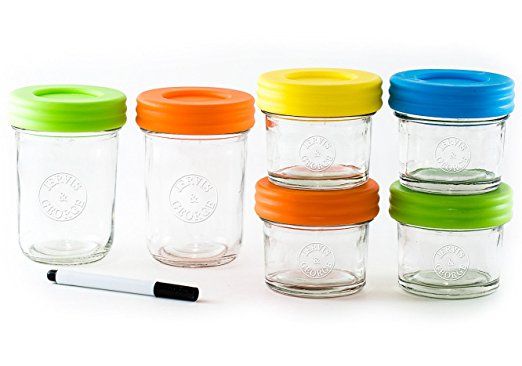
Are whole blueberries ok?
The blueberries go very soft and squishy when baked and I was more than happy serving these to my kids when they were babies. You can always chop the blueberries if you prefer.
Other baby friendly muffin recipes
- Savoury Muffins
- Baby Banana Muffins
- Fruity Egg Muffins
Looking for more healthy kid recipes?Sign up for my free recipe newsletter to get new family friendly recipes in your inbox each week! Find me sharing more kind-friendly inspiration on Pinterest and Instagram.
4.90 from 48 votes
Baby Blueberry Muffins
Mini in size and fruit sweetened with added spice to help develop your little foodie's taste buds. Not just for babies, great for toddlers or to add to your older child's lunchbox.
Print Pin This
- ▢
Mini Muffin Tray
- ▢ 1¾ cups (175g) Rolled Oats
- ▢ 1 Cup (250 g) Banana (ripe), mashed (Approx 2-3 bananas)
- ▢ ¾ cups(210g) Natural Greek Yogurt Sub with coconut yogurt for dairy free muffins (tested)
- ▢ 2 Large Eggs
- ▢ 1 tsp Vanilla Extract
- ▢ 1 tsp Lemon Zest
- ▢ 1½ tsp Baking Powder
- ▢ 1 tsp Ground Cardamom
- ▢ 1 cup (140g) Blueberries Fresh or frozen
Preheat oven to 175C / 350F and grease a mini muffin tray
Add the oats to a blender and blend until flour consistency.
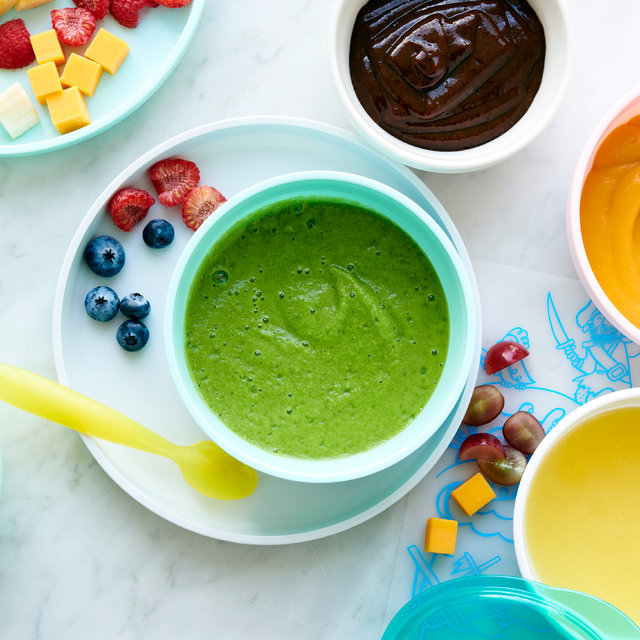 Add the cardamom and baking powder and stir to mix.
Add the cardamom and baking powder and stir to mix.Add the mashed banana, yogurt, eggs, vanilla and lemon zest to a large mixing bowl. Stir until combined.
Add the dry ingredients (oat flour, baking powder and cardamom) and gently stir until just combined.
Add the majority of blueberries, reserving some for the top, and gently stir again.
Fill each muffin cup and top with a blueberry.
Bake for 13 mins, remove and allow to sit for 5 mins before transferring to a wire rack to cool fully.
BAKING – Every oven is different, so while you should still follow the bake time in this recipe it may vary slightly.
GLUTEN FREE – Use gluten-free certified oats.
DAIRY FREE – This recipe has been tested with coconut yogurt and works well.
EGG FREE – No egg replacements have been tested.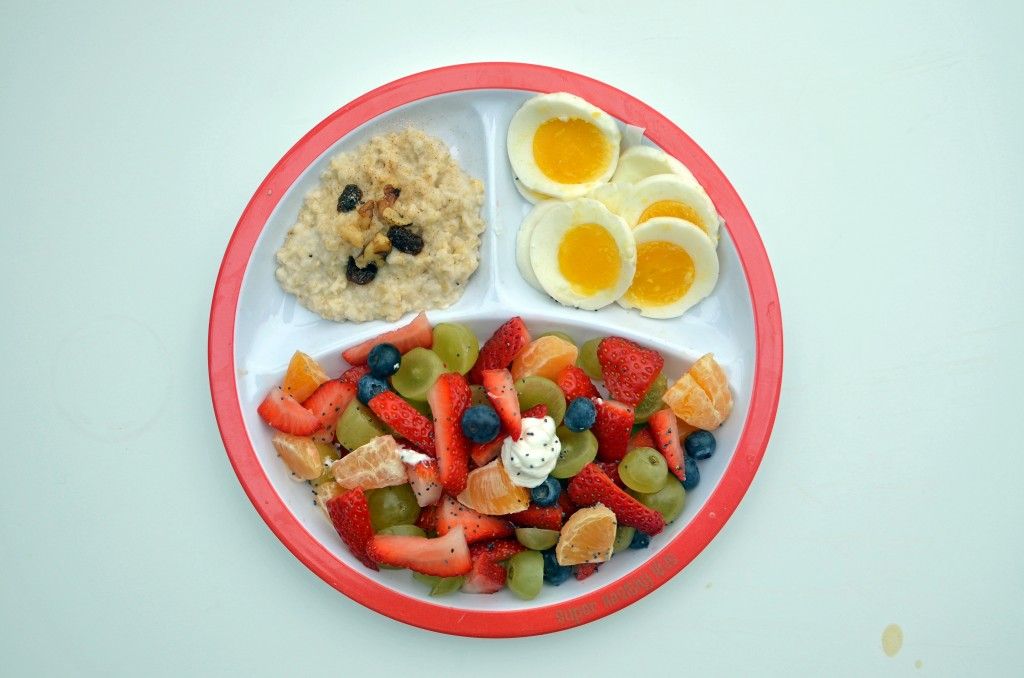
DON’T HAVE A MINI MUFFIN TRAY? – You can make this recipe in a regular 12 cup muffin tray. Bake for 22 to 25 minutes, or until a toothpick inserted into a muffin comes out clean.
Nutritional Information is a rough guide only, calculated using an online nutrition calculator.
Nutrition Facts
Baby Blueberry Muffins
Amount Per Serving
Calories 56 Calories from Fat 9
% Daily Value*
Fat 1g2%
Saturated Fat 1g5%
Trans Fat 1g
Polyunsaturated Fat 1g
Monounsaturated Fat 1g
Cholesterol 16mg5%
Sodium 10mg0%
Potassium 128mg4%
Carbohydrates 10g3%
Fiber 1g4%
Sugar 3g3%
Protein 3g6%
Vitamin A 35IU1%
Vitamin C 2mg2%
Calcium 28mg3%
Iron 1mg6%
* Percent Daily Values are based on a 2000 calorie diet.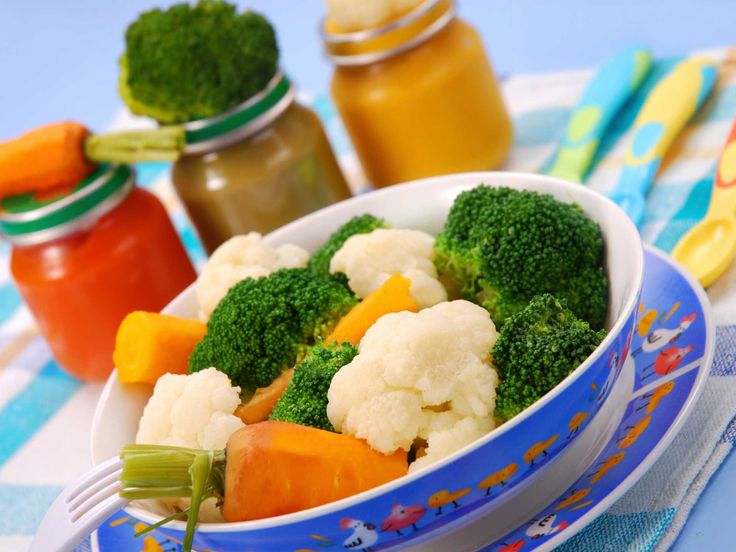
Course:Snack
Cuisine:American
Keyword:Baby Blueberry Muffins, baby muffins, Blueberry Muffins
Did you make this recipe?Tag me on Instagram at @healthylittlefoodies or leave me a below.
Meet Amy
Amy Whiteford runs the blog Healthy Little Foodies. She is a mum to two, has a BSc (Hons) Food Science, PGDE Primary Education and a Certificate in Childhood Nutrition. She uses her experience and knowledge to create healthy and delicious recipes for kids. Explore the site for creative ideas, tips, and inspiration! Read more
How to raise a Healthy Little Foodie
Receive family friendly recipes, delivered weekly to your inbox, for FREE! And receive this FREE ebook - "How to Raise a Healthy Little Foodie"
Reader Interactions
Infant formula for newborns (0 to 6 months) | Baby food for babies
This is a complete baby food from the birth of a baby. If breastfeeding is not possible for some reason.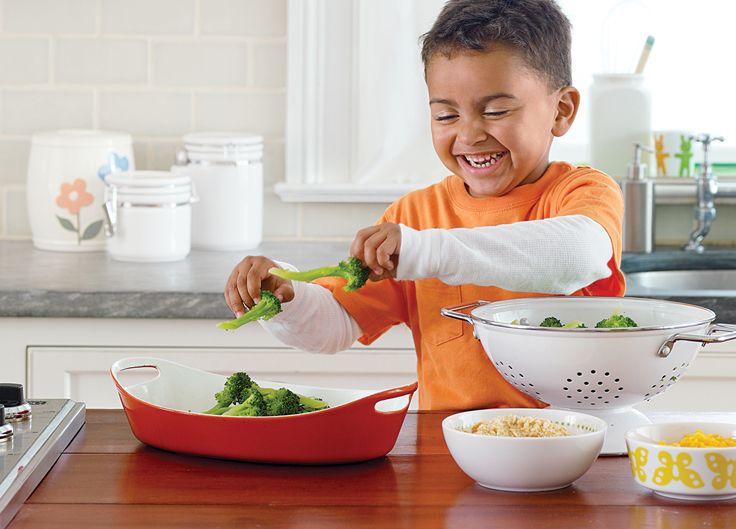 Products for the smallest are called adapted, because their composition is as close as possible to mother's milk.
Products for the smallest are called adapted, because their composition is as close as possible to mother's milk.
In the article we will talk about how to choose baby food for babies. Let's talk about what mixtures are for newborns, how to choose the right one, and how to understand that it did not fit. And also about the correct transition from one mixture to another.
Classification: first select the type of mixture
Baby food should be recommended by a pediatrician. Be sure to check with a doctor who knows your child. The pediatrician will take into account all the factors influencing the choice: the age of the baby, the characteristics of his health, the method of birth - naturally or through a caesarean section, the date on which he was born, the weight of the child, the risk of allergies.
Healthy babies who were born at term naturally have a digestive system that is mature for their age. They are prescribed regular baby food, which is produced according to the standards established by the Ministry of Health, which means it contains all the necessary nutrients.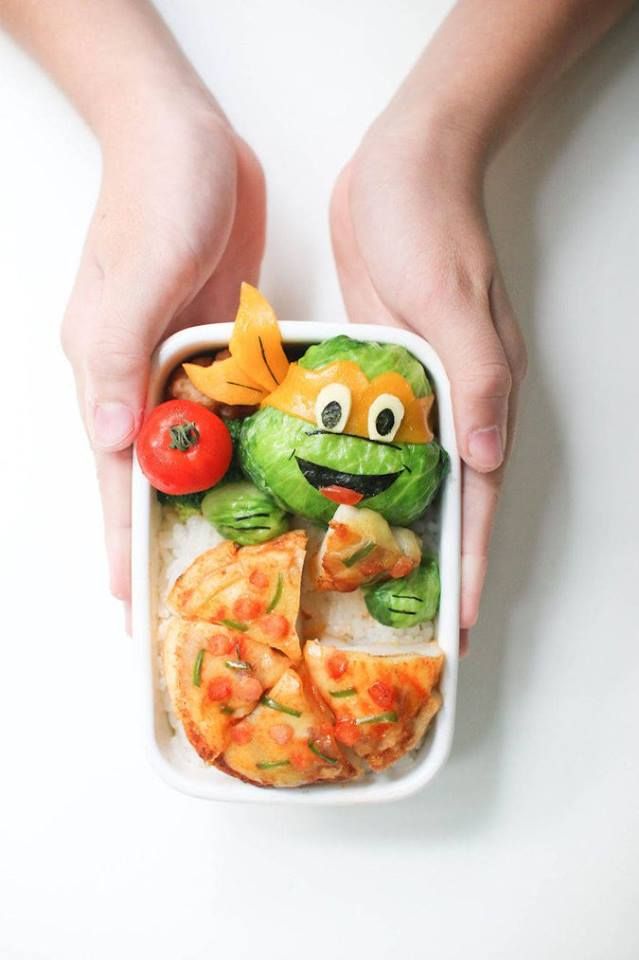 It is important for parents only to monitor the timely change of stage. After all, babies from six months need a different composition, which is present in products labeled with the number two.
It is important for parents only to monitor the timely change of stage. After all, babies from six months need a different composition, which is present in products labeled with the number two.
Manufacturers of adapted formulas for newborns compete in only one indicator - the proximity of the composition to breast milk. For example, the latest discovery of scientists made it possible to add oligosaccharides of mother's milk to it. They are involved in the formation of the child's immunity, which, as you know, the mother transmits when she breastfeeds. At the end of 2019, such products are considered the closest to breast milk.
Under the Materna brand, this is Materna Gold HM-O.
Read more about breast milk oligosaccharides in our article.
By age
All baby food is usually divided into age stages:
- Stage 0 - for premature babies (but not all brands have this stage)
- Stage 1 - 0 to 6 months
- Stage 2 - 6 to 12 months
- Stage 3 - from 12 months
The mixture can be fed up to 1.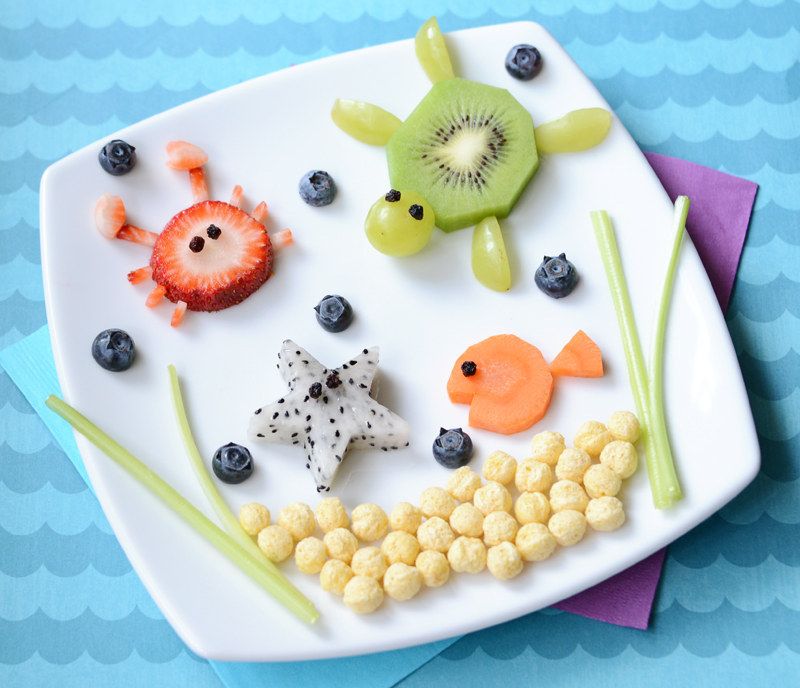 5-2 years. By this time, the children are completely switching to adult food. You can supplement at night if the baby wakes up to eat. Or cook baby cereals on them. They are very nutritious and enriched with additional vitamins. Children who do not eat well are sometimes supplemented with formula. Some manufacturers create stage 4 products just for such cases.
5-2 years. By this time, the children are completely switching to adult food. You can supplement at night if the baby wakes up to eat. Or cook baby cereals on them. They are very nutritious and enriched with additional vitamins. Children who do not eat well are sometimes supplemented with formula. Some manufacturers create stage 4 products just for such cases.
There are products that are not age-labeled. This is a special diet that is prescribed by a doctor according to indications. The packaging must indicate at what age it can be used.
Composition
By composition, products for newborns can be divided into classic and enriched.
- Classic . The Materna line includes Materna Classic, Materna Gold and kosher dairy products Materna Mehadrin. They are usually suitable for all healthy children. After all, these products are created according to the norms of the Ministry of Health and contain all the necessary components for the nutrition of babies.
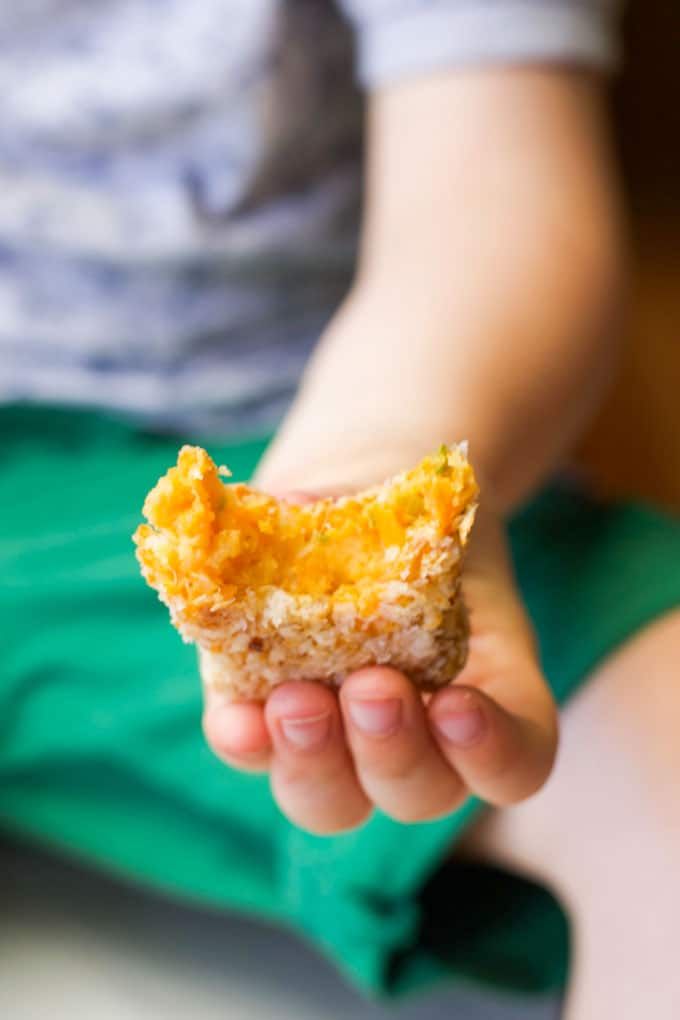
- Enriched . - This is a classic diet, supplemented with vitamins and trace elements. Materna has Materna Extra Care. This product has been the most popular among our customers and around the world. In 2017, for example, he was recognized as the best in Israel. Now the leading place is occupied by Materna Gold, as the product closest to breast milk.
As intended
Separately, we can talk about special baby food, which is prescribed by a doctor in accordance with the health characteristics of the baby. It can be both basic for the child and recommended for the period of illness or recovery after it. Let's look at the main types of special mixtures.
- Low lactose . Recommended for children diagnosed with dysbacteriosis or other digestive disorders. In the case when the enzymes in the intestines are not enough to digest milk sugar - lactose. In the Materna line, this is Materna Comfort.
- Lactose free .
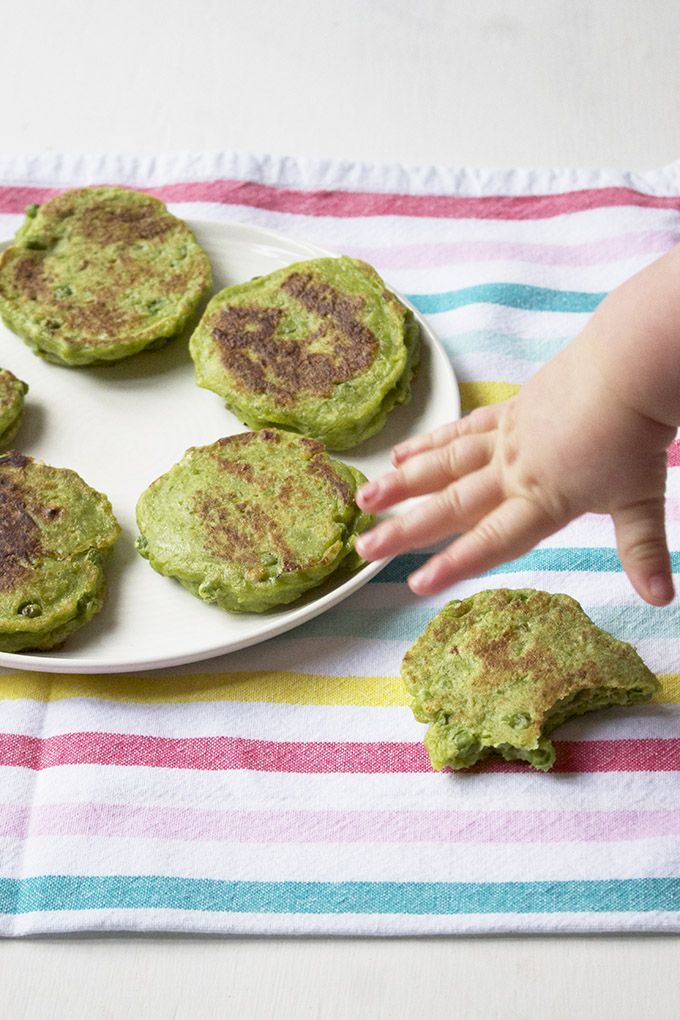 They are used in case of congenital lactase deficiency or galactosemia, a disease characterized by the inability to absorb certain carbohydrates. This is a very rare case. If lactase deficiency appeared against the background of indigestion, then a low-lactose product is most likely suitable. So the body is more likely to start producing its own lactase enzyme. Be sure to discuss this with your doctor. Materna Soy is a soy lactose-free product in the Israeli baby food line.
They are used in case of congenital lactase deficiency or galactosemia, a disease characterized by the inability to absorb certain carbohydrates. This is a very rare case. If lactase deficiency appeared against the background of indigestion, then a low-lactose product is most likely suitable. So the body is more likely to start producing its own lactase enzyme. Be sure to discuss this with your doctor. Materna Soy is a soy lactose-free product in the Israeli baby food line. - Dairy-free . They are prescribed for allergies to lactose and milk protein casein. In such products, animal protein is replaced by vegetable protein. As, for example, in Materna Soy blend.
- Sour milk and goat milk . In fact, they are very close to the classical ones. The only difference is that the protein is in them in an easier to digest form.
- Antireflux to relieve the symptoms of severe regurgitation. They are thicker in consistency and more difficult to throw back into the baby's esophagus.
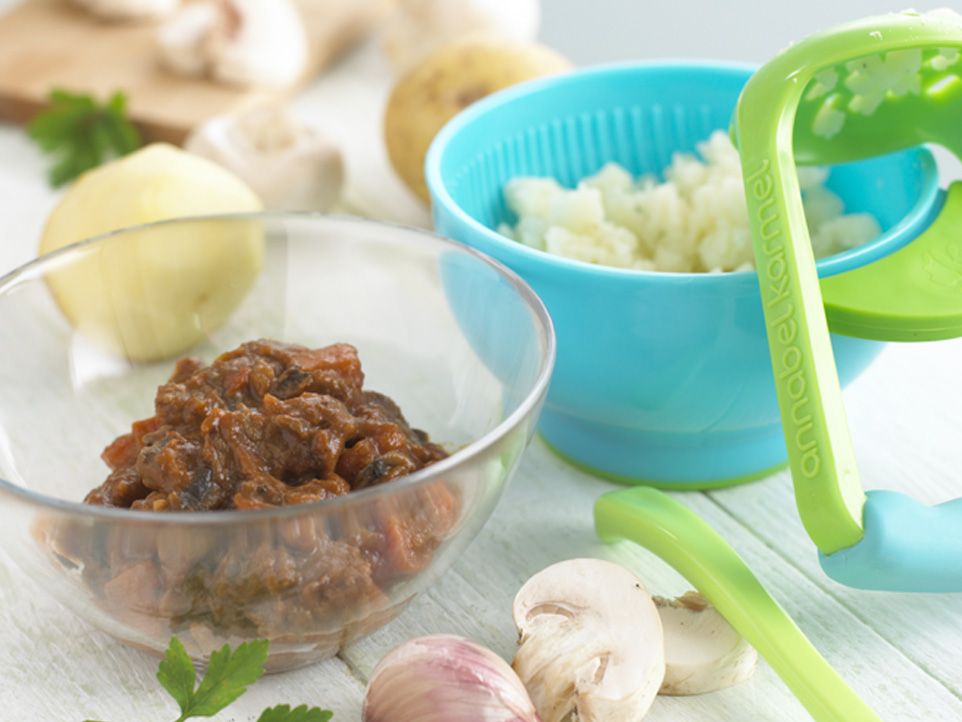 Most often prescribed in addition to regular food to reduce the amount of regurgitation.
Most often prescribed in addition to regular food to reduce the amount of regurgitation. - Hypoallergenic or hydrolysed . They are created on the basis of a split protein and are prescribed to children in cases of very serious allergies. This product is bitter in taste, kids do not like it. Therefore, it is appointed in extreme cases, when there are no other options.
- Night . Produced on the basis of starch, which takes longer to digest and maintains a feeling of satiety.
- For premature babies . They are high in protein and calories. They are designed to help the child quickly gain weight. After the indicators reach the norm, the baby is transferred to a normal diet. Read more about how to choose a formula for a premature baby, read here.
- Based on vegetable protein . They are used in case of allergy to animal protein casein. And they are the main food during the period of rotavirus infection, when the use of dairy products is contraindicated.
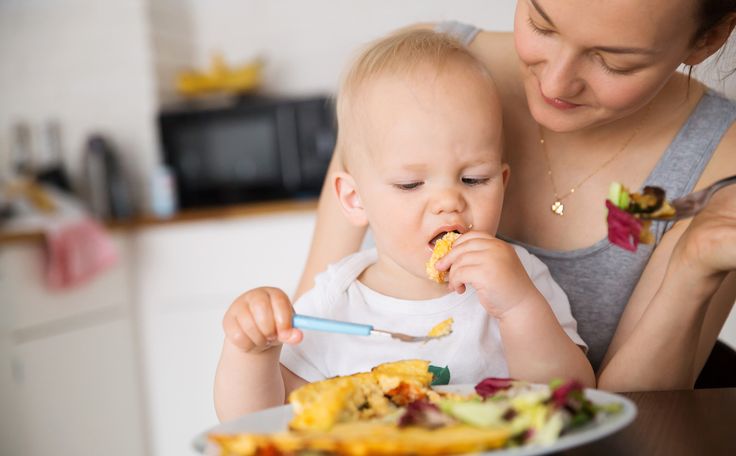
By consistency
Most baby products are dry mixes that are diluted in warm boiled water. But there are also ready-made diluted products that only need to be heated.
How to make the right choice
There is only one answer to this question - listen to your pediatrician and be aware of what is on the market. You can contact us for a free consultation.
Zinaida Rassadina
Pediatrician, experience - 14 years
How to tell if a mixture is not suitable
Here are some signs that you need to think about changing the mixture. But it is important to understand that there are diseases that have the same symptoms. Therefore, before changing something, you need to take tests and find out the reason. And only then choose the right food.
- Baby spits up profusely in a fountain
- The stool has a liquid or foamy consistency and an unusual, often green color
- The baby is worried after eating - he suffers from colic, bloating
- Skin rash appeared
If it happens that you need to change the food, it is important to do it gradually.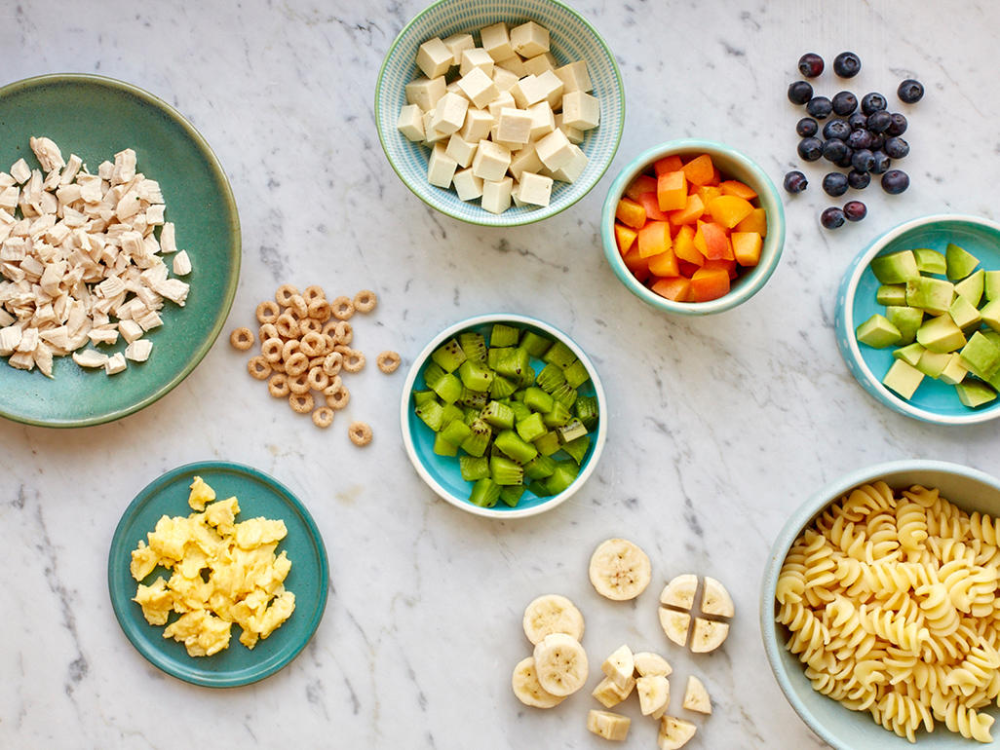 Read about the correct scheme for switching to a new mixture in our article.
Read about the correct scheme for switching to a new mixture in our article.
Baby food, hygiene and development with free home delivery from VkusVill
Hide categories Show categories
Filters
All filters
Reset filters
Reset all
Found
Filters
Default
- Default
- Price up
- Price descending
1
Supermarket
New Year's advent calendar "TV"
1 piece
260 rub 260.00 260.00
New
2
Supermarket
Magnetic alphabet with tasks
870 rub 870.00 870.00
3
Supermarket
Magnetic alphabet, 33 letters0003
245 rub 245.00 245.00
New
4
For children 1+
Sketchbook "Vkusvill"
200 g
RUB 85 85. 00 85.00
00 85.00
5
Aerosol against ticks and mosquitoes
100 ml
365 rub.6 rub 218 rub 196.00 218.00 9190.00 190.00
8
Supermarket
FrutoNanny fruit and cereal bar for children Apple banana and strawberry from 12 months 25 g
25 g
45 rub 45.00 45.0025 g
25 g0131 11
Mandarin fruit and nut bar for children
25 g
55 rub 55.00 55.00
12
Apple-banana fruit and nut bar for children
25 g
55 rub 55.00 55.00
13
Affordable price
Drinking bioyoghurt for children with strawberries 2.5%
210 g
48 rub 48.00 48.00
14
Children's drinking bioyogurt with peach 2.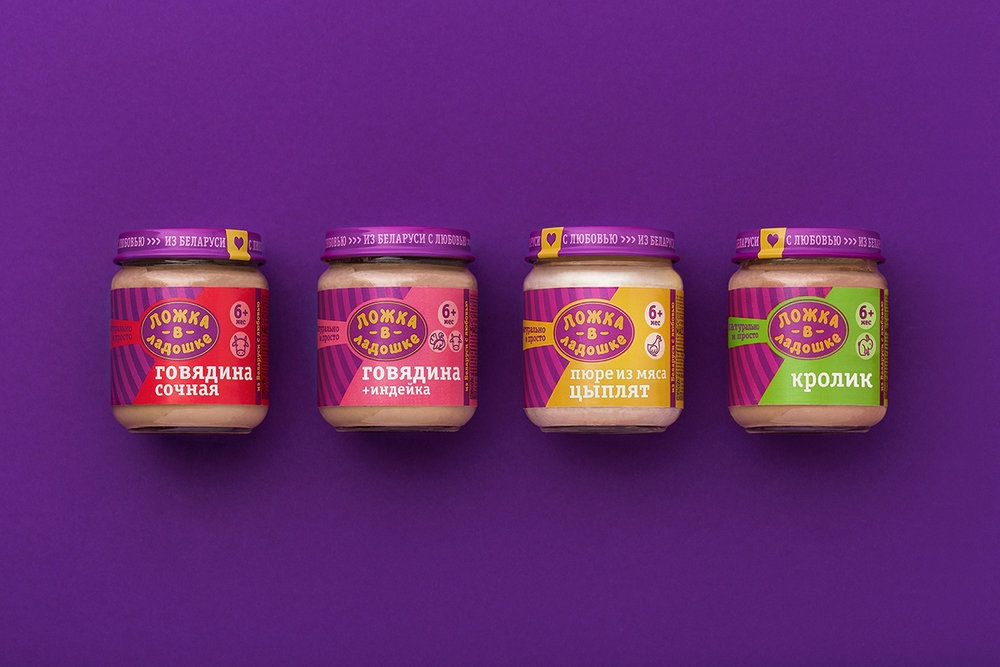 5%
5%
210 g
RUB 48 48.00 48.00
15
Children's bioyogurt with cherries 2.5%
210 g0003
210 g
RUB 47 47.00 47.00
17
Biolact for children without add. sugar 3.2%
210 g
43 rub 43.00 43.00
18
Biolact for children with raspberry 2.5%
210 g
45 rub 45.00 45.00
19
Biolact for children with apple 2.5%
210 g0003
Affordable price
Biocurd for children 5%, 50 g
50 g
22 rub 22.00 22.00
21
Biocurd for children with cherries 4.2%
100 g
42 rubles 42.00 42.



